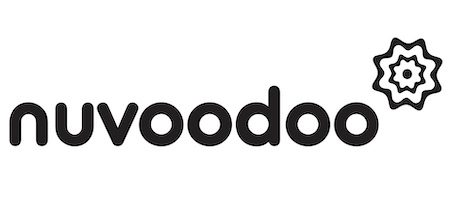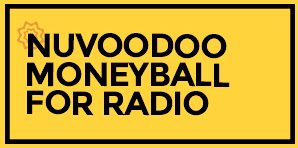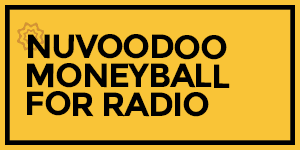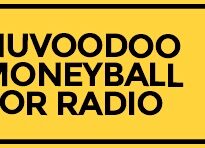Moneyball: What’s More Important: P1 or 1P?


Good content in that break, including actual benefits of subscribing to their station newsletter, a name-check of the host coming up next, and a quick payoff into a memorable song. That content could earn them a few more subscriptions to their newsletter and a few new contacts in their database.
We talk a lot about station P1s, the diary keepers (and meter holders) who spent a plurality of their time listening to radio with your station. The term and underlying idea came from Arbitron in the 1980s. Back then, your audio entertainment choice in the car was which RADIO STATION. In that walled-garden environment, it made sense to focus on station P1s. Programming didn’t have to be amazing, it just had to be better than the other stations.
Today, an increasing number of folks are faced with choosing which AUDIO ENTERTAINMENT SOURCE when they get in the car. Each succeeding model year pushes radio a little bit down the ladder for a few more people. Those of us in the business have our vehicles set up to play radio — but take a ride in a non-radio friend’s new car (especially women). Those who decide free Spotify is good enough are a tough crowd. They’re not hearing your station’s reminders about how great your music blend is or how much fun it’d be to win your fall contest, so it’s tough to convince them to spend time with your station.
If you have first-party (the “1P” mentioned in the title) data relationships with listeners, the cost of contacting them drops to nearly zero and you open the door to potent re-marketing capabilities. Aggregated digital engagements also allow stations to model for other people who “look like” your listeners and reach them across every major platform and via programmatic media. It’s like being able to steal listener databases from your competition.
Collecting email addresses or smartphone numbers is where it starts, but that’s just one part of the process. The goal is to build a program where listeners will look forward to communication from the station. A well edited newsletter, such as the one mentioned at the top of this post, is one tool. A loyalty program that connects listeners with offers from your advertisers and freebies from the station is another tool. Regular communications about fun things for listeners to do with their families is yet another type of content. The possibilities are limitless and should be tailored to your market and your audience.
Among over 3,000 14-64s nationwide in Ratings Prospects Study 24, over half are likely to share their email address to join a loyal program or to enter a contest — and 42% are likely to give up their email for an interesting newsletter as shown in the chart below. The numbers grow about ten points when we drill down to members of the sample who use radio at least an hour a day (labeled “Heavy Radio Users”) — and rise to over 70% among the smaller segment of the sample who profile as most likely to participate in the ratings (“RPS Yes”). The folks you most need to influence are the ones more likely to connect with you.


These programs cut across the goals of programming, sales, and promotion/marketing. They require time and resources. They require creating or compiling intellectual property (IP), but they’re incredibly valuable. At a time when we’re forced to think about WHY people would listen to the radio, rather than just why they should choose our station(s), these programs more than justify the time and energy involved.
The September monthlies are rolling out now. If a bad surprise makes you rethink your fall book readiness, the NuVoodoo research and marketing teams are at the ready. Efficiently targeted digital marketing campaigns can be spun up in just over a week. Many library music tests can be turned around in less than four weeks. An email to tellmemore@nuvoodoo.com will get you the help you need.





